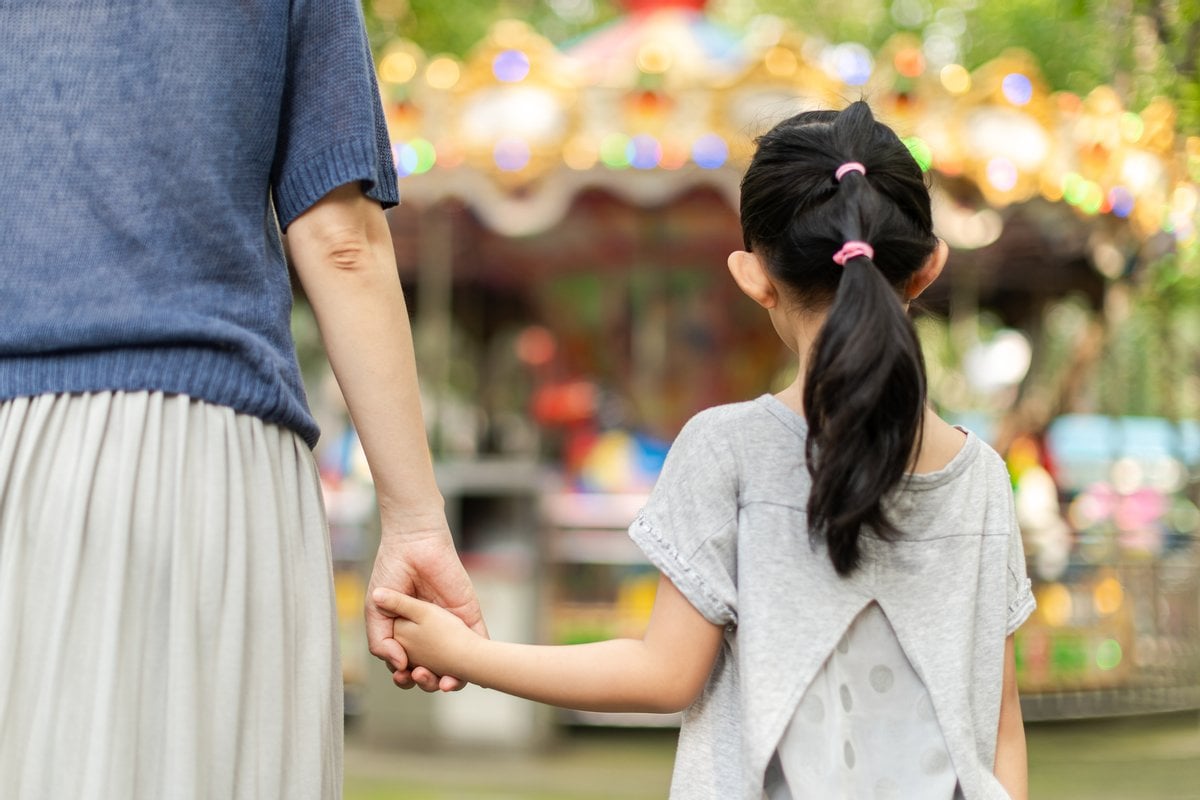
This story includes descriptions of child sexual abuse that may be distressing to some readers.
If you grew up in the 1970s, '80s and '90s in Australia, you might recall being warned about stranger danger.
Parents, teachers and even the media used the phrase to warn children about talking to unfamiliar adults to reduce the chance of child abduction or abuse. But child protection experts now suggest a different approach to reflect that strangers are not the main perpetrators of child abuse.
These days, rather than focusing on stranger danger — or even the concept of 'tricky people,' which has been doing the rounds on parenting websites — researchers suggest parents talk to children about body safety and empowerment, and teach them to say no to secrets.
Watch: Child Sexual Abuse - Why Kids Don’t Tell. Post continues below.
Where did 'stranger danger' come from?
The widespread fear of 'stranger danger' may have been prompted by media coverage of unknown male perpetrators abducting and abusing children.
But it may also stem from our fear of recognising that abuse is often going on much closer to home.

Top Comments